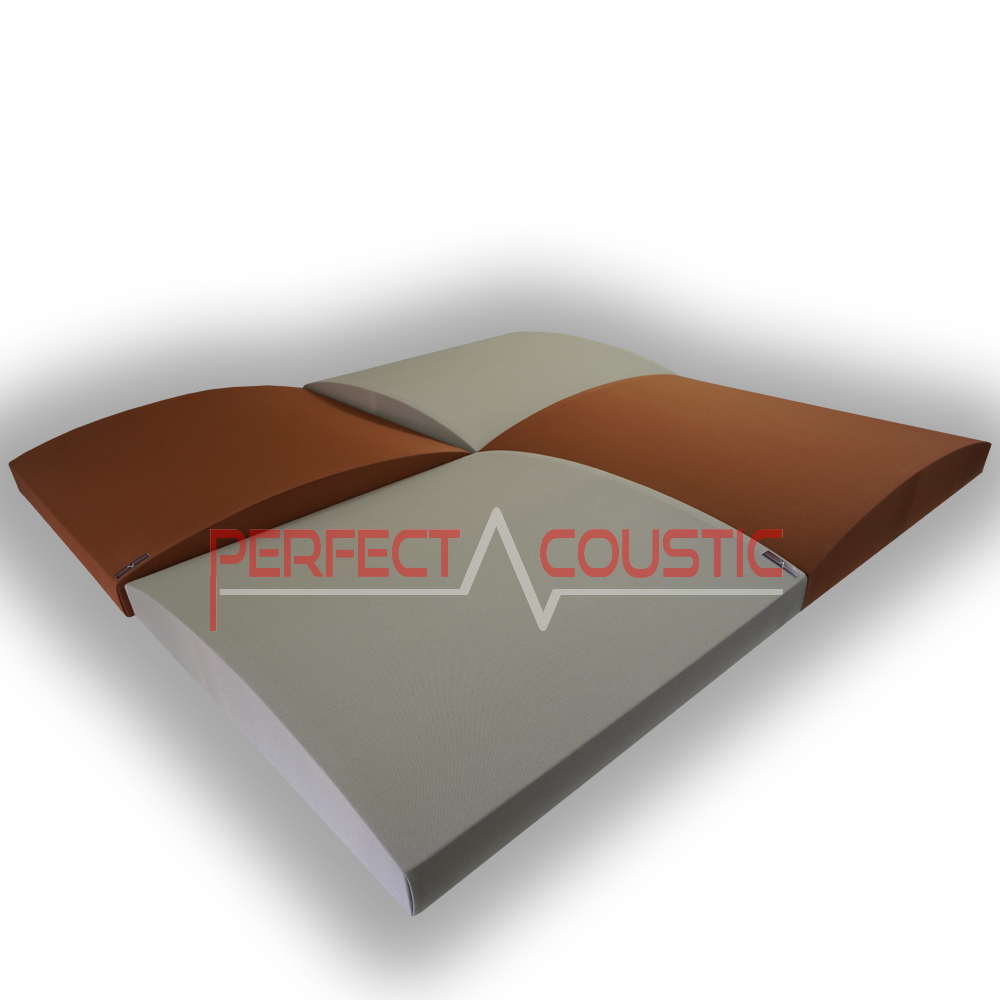
Your points of attack: First reflection points. Your weapon: Acoustic treatment material (typically broadband absorption). Kill the comb, and you will hear massive improvements in both clarity and imaging. But harsh comb filtering is pure evil - your worst enemy in the battle for sonic clarity. It causes coloration, masks details in your media and prevents accurate localization. Left untreated, early reflections will combine with the direct sound from your speakers, causing comb filtering (or “time smearing”).Ĭomb filtering is a type of acoustic distortion. Why? To create a sweet spot around your listening position, you need to treat early reflections from nearby boundaries.

If you can only apply one treatment to your room, and you want the most bang for your buck, here’s what to do: Slap some acoustic panels on your first reflection points. Kill early reflections by placing acoustic panels at your first reflection points To tame these problems you have two weapons in your arsenal: smart room layout and acoustic treatment. Room EQ can tame some issues, but it can’t correct for long reverberation times or comb filtering caused by strong early reflections (like those nasty reflections produced by speaker-boundary interference).
SOUND CONTROL PANELS SOFTWARE
Room correction software is NOT your secret weapon!Īlas, you can’t simply apply digital room correction to fix your acoustics. Room 3 is designed for mixing surround sound music, but a similar setup could be used for film post production and surround media mastering. You’ll see two versions of this setup: one with a purely absorptive rear wall (best for critical listening), one with a rear wall diffuser (to add a bit more liveliness to the space). It uses broadband bass absorption systems build into the walls (giant DIY bass traps). Room 3 (Right): A 5.1 surround sound control room setup for critical listening.

You could use a similar arrangement for a home theater, but you would likely incorporate more diffusion and place the listening position and speakers closer to the back of the room. Room 2 (Center): A 5.1 surround sound mixing room using commercially available acoustic panels and bass traps. It’s a good starting point but additional acoustic panels should be added to tame excessive liveliness and prevent potential flutter echo in the rear half of the room. This room shows only the minimum treatments required. You could use the same arrangement for a hi-fi listening room. Room 1 (Left): A lightly treated 2-channel mixing room with basic absorption and diffusion (typical in a project or home recording studio). To see how I chose the listening position and speaker placement, check out our room and speaker layout guide.
SOUND CONTROL PANELS CODE
SOUND CONTROL PANELS HOW TO
How to balance absorption and diffusion to achieve a musical sounding room.Adding a sense of space with diffusion.Making your room disappear with extreme broadband absorption.Bass absorption - your siege artillery.Kill early reflections with acoustic panels at your first reflection points.Three example acoustic treatment layouts.If you don’t want to read this whole article you can jump to the part that interests you: If you have a hi-fi room or home theater, much of this advice applies but you may opt for a livelier room with more diffusion and less absorption (I’ll include tips for this). I’ll show you how to apply treatment to a critical listening, mixing or control room.


This tutorial will give you strategies to defeat the distortions and liberate your ears. Treat your room wrong (or not at all), and you’ll loose the war, forcing your ears to suffer a life in low-resolution limbo. They distort the sound you’re trying to hear, surrounding you in a sea of sonic lies as your ears struggle to hear the truth. Your invisible foe: A horde of acoustic distortions who haunt your room. And you may not realize it, because your opponent is invisible. The truth is, you are fighting a battle for sonic clarity. Why? It costs money, they don’t understand it, the spouse hates it - whatever the reason, people are reluctant to throw some acoustic panels on their walls, even though it will make an epic improvement to their sound! There is no point buying expensive speakers if you’re going to put them in a crappy listening environment.ĭespite this, most people skimp on acoustic treatment when setting up their room. Acoustic Treatment Setup in Your Studio or Listening Room How to Place Acoustic Panels and Sound Absorbing Material for High Fidelity Listening and Mixing PART: 1 2 3 4


 0 kommentar(er)
0 kommentar(er)
